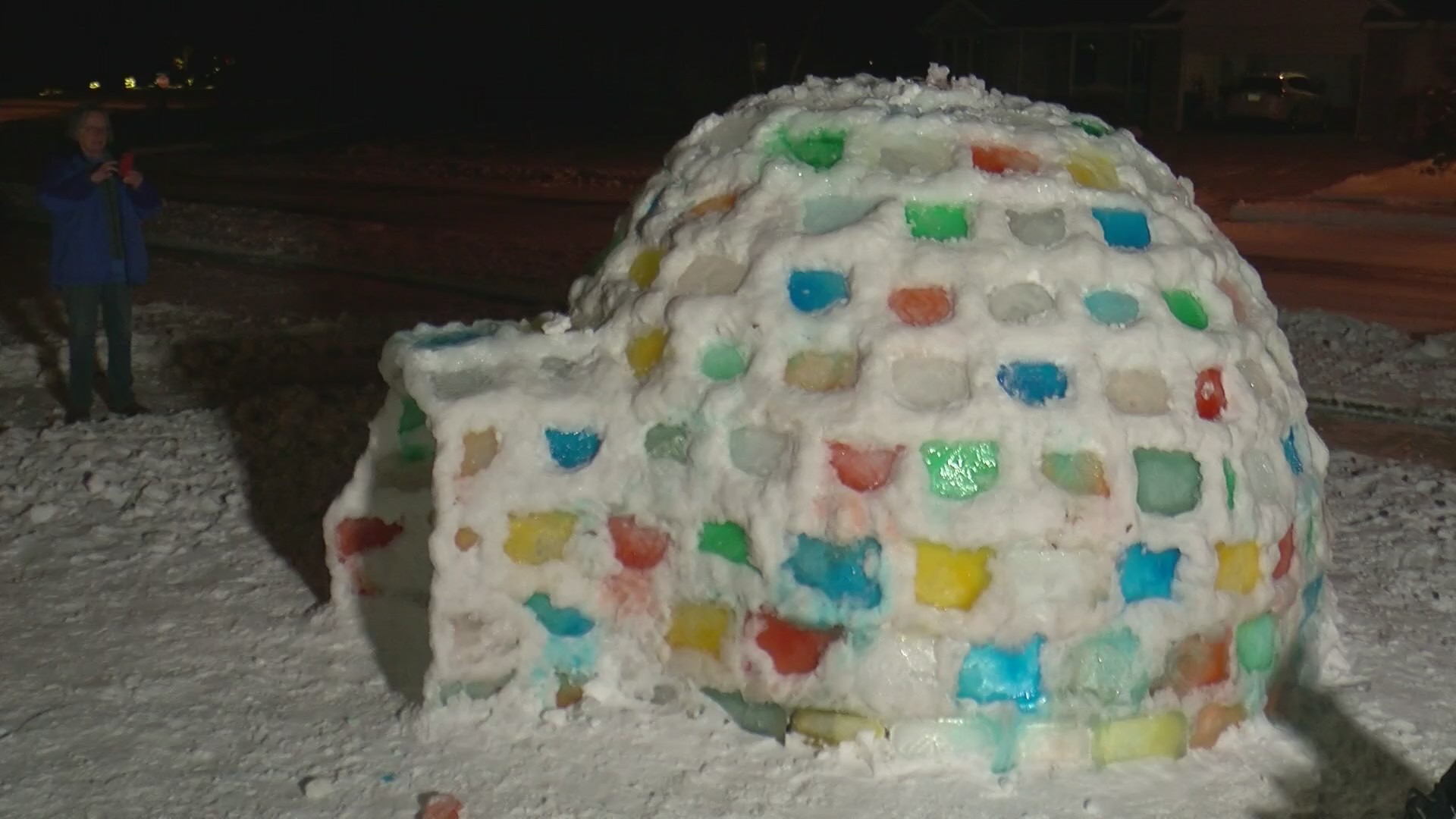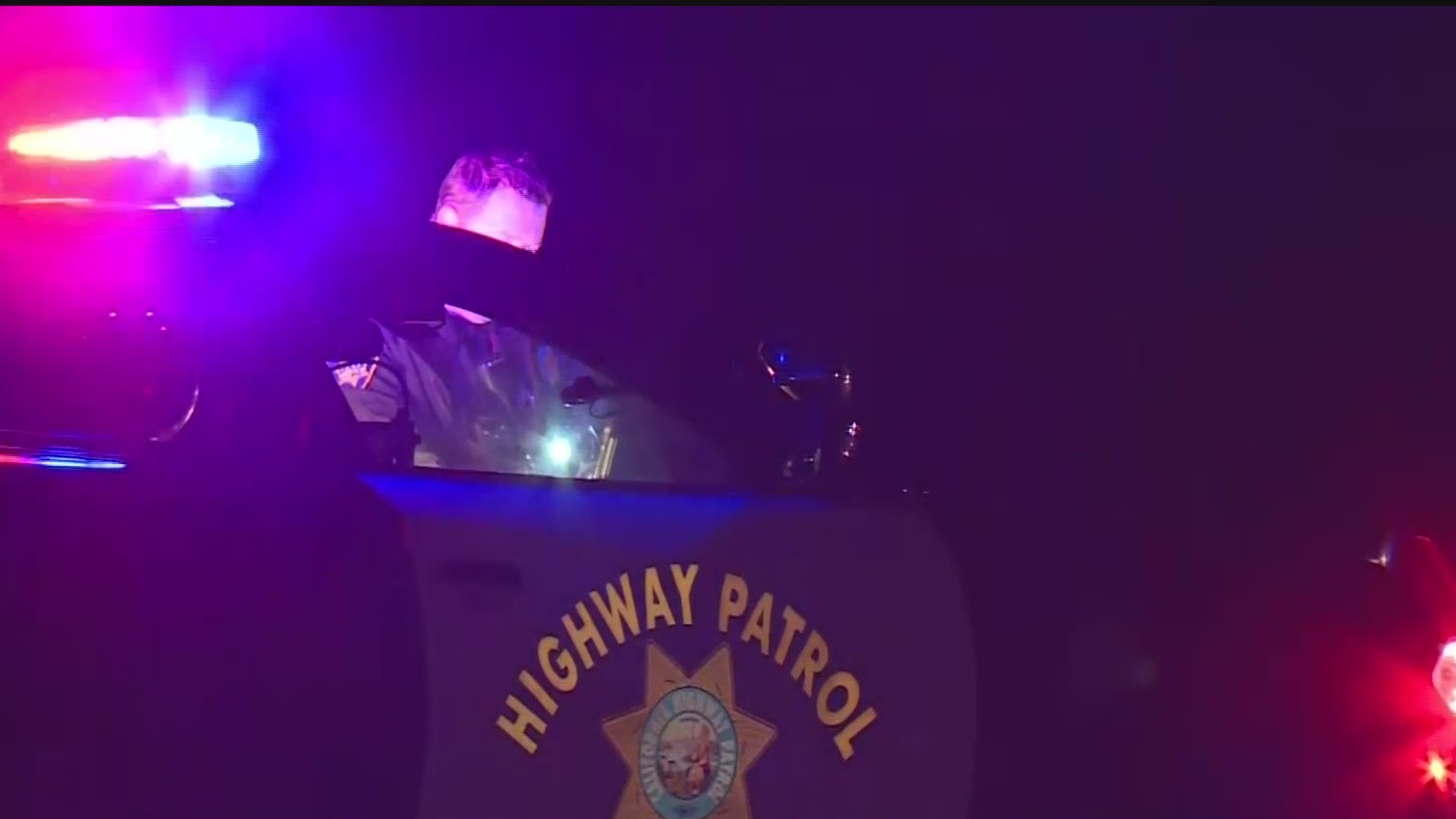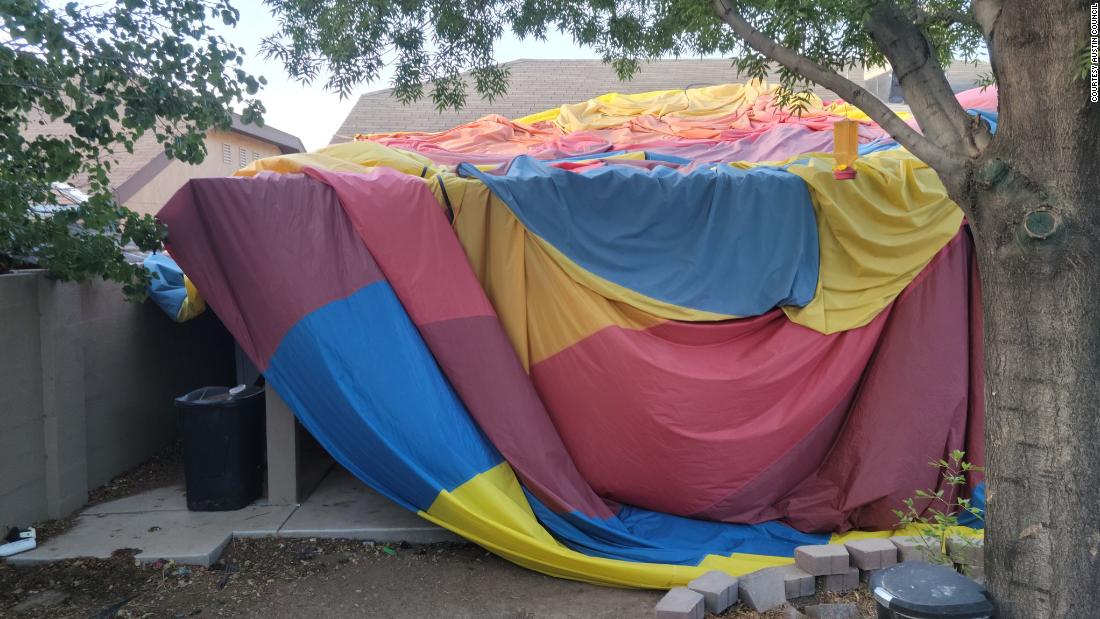President Donald Trump never invoked the act, but fresh details underscore the intensity of his interest last June in using active-duty military to curb unrest.

June 25, 2021, 6:13 p.m. ET
Responding to interest from President Donald J. Trump, White House aides drafted a proclamation last year to invoke the Insurrection Act in case Mr. Trump moved to take the extraordinary step of deploying active-duty troops in Washington to quell the protests that followed the killing of George Floyd, two senior Trump administration officials said.
The aides drafted the proclamation on June 1, 2020, during a heated debate inside the administration over how to respond to the protests. Mr. Trump, enraged by the demonstrations, had told the attorney general, William P. Barr, the defense secretary, Mark T. Esper, and the chairman of the Joint Chiefs of staff, Gen. Mark A. Milley, that he wanted thousands of active-duty troops on the streets of the nation’s capital, one of the officials said.
Mr. Trump was talked out of the plan by the three officials. But a separate group of White House staff members wanted to leave open the option for Mr. Trump to invoke the Insurrection Act to call in the military to patrol the streets of the capital.
They decided it would be prudent to have the necessary document vetted and ready in case the unrest in Washington worsened or the city’s mayor, Muriel Bowser, declined to take measures such as a citywide curfew, which she ultimately put in place.
According to one former senior administration official, Mr. Trump was aware that the document was prepared. He never invoked the act, and in a statement to The New York Times he denied that he had wanted to deploy active-duty troops. “It’s absolutely not true and if it was true, I would have done it,” Mr. Trump said.
But the new details about internal White House deliberations on a pivotal day in his presidency underscore the intensity of Mr. Trump’s instinct to call on the active-duty military to deal with a domestic issue. And they help to flesh out the sequence of events that would culminate later in the day with Mr. Trump’s walk across Lafayette Park to St. John’s Church so he could pose in front of it holding a Bible, a move that coincided with a spasm of violence between law enforcement and protesters camped near the White House.
Although the main elements of what happened in and around the White House on June 1, 2020, have been well established, some aspects remain a subject of dispute. A federal watchdog concluded this month that the United States Park Police had been planning to clear protesters from Lafayette Park well before they learned that Mr. Trump was going to walk through the area. And a federal judge this week partly dismissed claims in a civil suit accusing the Trump administration of abusing its power in clearing the park.
A Trump adviser, echoing the former president’s insistence he did not want to deploy active-duty troops, said that Mr. Trump rejected the option when presented with it by advisers, and maintained that had he done so, he would have “owned the problem” politically
Despite being convinced not to invoke the act, Mr. Trump continued to bring up the idea of deploying active-duty military in the weeks that followed, as unrest unfolded in major cities including New York, Chicago, and Portland, Ore., the officials said.
Their accounts comport with others, including one in a forthcoming book by the Wall Street Journal reporter Michael Bender that says Mr. Trump repeatedly urged General Milley and other top military and law enforcement officials throughout the summer to confront the protesters physically, according to excerpts from Mr. Bender’s book published by CNN.
The basic facts of Mr. Trump’s deliberations about how to respond to the protests that broke out after the killing of Mr. Floyd have been widely reported. NBC News reported on June 1, 2020, that Mr. Trump was considering invoking the Insurrection Act.
CNN later reported the White House wanted to deploy 10,000 troops onto the streets but that Mr. Esper and General Milley pushed back on the idea.
But the new details help illustrate the intensity of Mr. Trump’s demands for militaristic action to curb the protests.
In the Oval Office on the morning of June 1, 2020, Mr. Trump was furious about the televised images he had seen of the unrest in Washington and elsewhere.
For roughly 20 minutes, according to the former officials, Mr. Trump went on about how to contain the protests. General Milley and Mr. Esper appeared particularly stunned by Mr. Trump’s eruption, according to one of the officials.
Throughout Mr. Trump’s presidency, he had a broad view of his powers as president, claiming that he could take an array of aggressive actions using federal authorities and military personnel to handle problems typically left to local authorities.
But invoking the Insurrection Act, a rarely used authority allowing presidents to use active duty military for law-enforcement purposes, would have been a dramatic escalation. The act has only been invoked twice in the past 40 years — once to quell unrest after Hurricane Hugo in 1989, and once during the 1992 Los Angeles riots.
“We look weak,” Mr. Trump said, according to one of the officials. He complained about having been taken to the bunker below the White House on the night of May 29 when the barricade outside the Treasury Department was pierced. The New York Times had reported the bunker visit a day earlier, infuriating Mr. Trump.
But all three officials pushed back against the idea of invoking the Insurrection Act. Mr. Barr, who had been Mr. Trump’s attorney general for a year and a half and had been increasingly clashing with the president, told Mr. Trump that civilian law-enforcement authorities had enough personnel to manage the situation and that a drastic move like invoking the Insurrection Act could spawn more protests and violence. Mr. Esper agreed, according to the two former officials.
Mr. Trump’s meeting with Mr. Barr, Mr. Esper and Mr. Milley was marked by his rage at being embarrassed on the world stage, according to two of the officials.
Mr. Trump grudgingly went along with their counsel not to deploy active-duty troops, according to the officials. Immediately after the meeting, Mr. Trump joined a call with governors around the country, some of whom were seeing protests increase in their states. Mr. Trump urged them to “dominate” the protesters, as he said the National Guard in Minnesota had.
Mr. Esper told associates that he was so concerned that Mr. Trump would deploy active-duty troops that he echoed the need for them to get control of their states, hoping he could encourage governors to deploy the National Guard to head off federal action. Using Pentagon terminology that he later told associates he regretted, Mr. Esper told the governors to “dominate the battle space,” a sentiment stemming from concern about Mr. Trump’s intentions.
But one backdrop for the drafting of the Insurrection Act proclamation was that discussions between the White House and city officials about containing the protests remained contentious throughout the day. At one point, White House officials suggested taking over the city police force to tamp down the unrest and impose order. That idea stunned Washington city officials.
Mr. Esper — who, associates said, so feared the situation was spinning out of control that two days later he publicly said he opposed invoking the Insurrection Act — later tried to again communicate the gravity with which he feared Mr. Trump would act when he held a handful of private calls with specific governors that afternoon, according to the former senior administration official.
Mr. Trump delivered a Rose Garden address later that evening, saying he was prepared to deploy the military if the rioting did not cease.
“If the city or state refuses to take the actions that are necessary to defend the life and property of their residence, then I will deploy the United States military and quickly solve the problem for them,” Mr. Trump said.

 3 years ago
435
3 years ago
435











 English (US) ·
English (US) ·